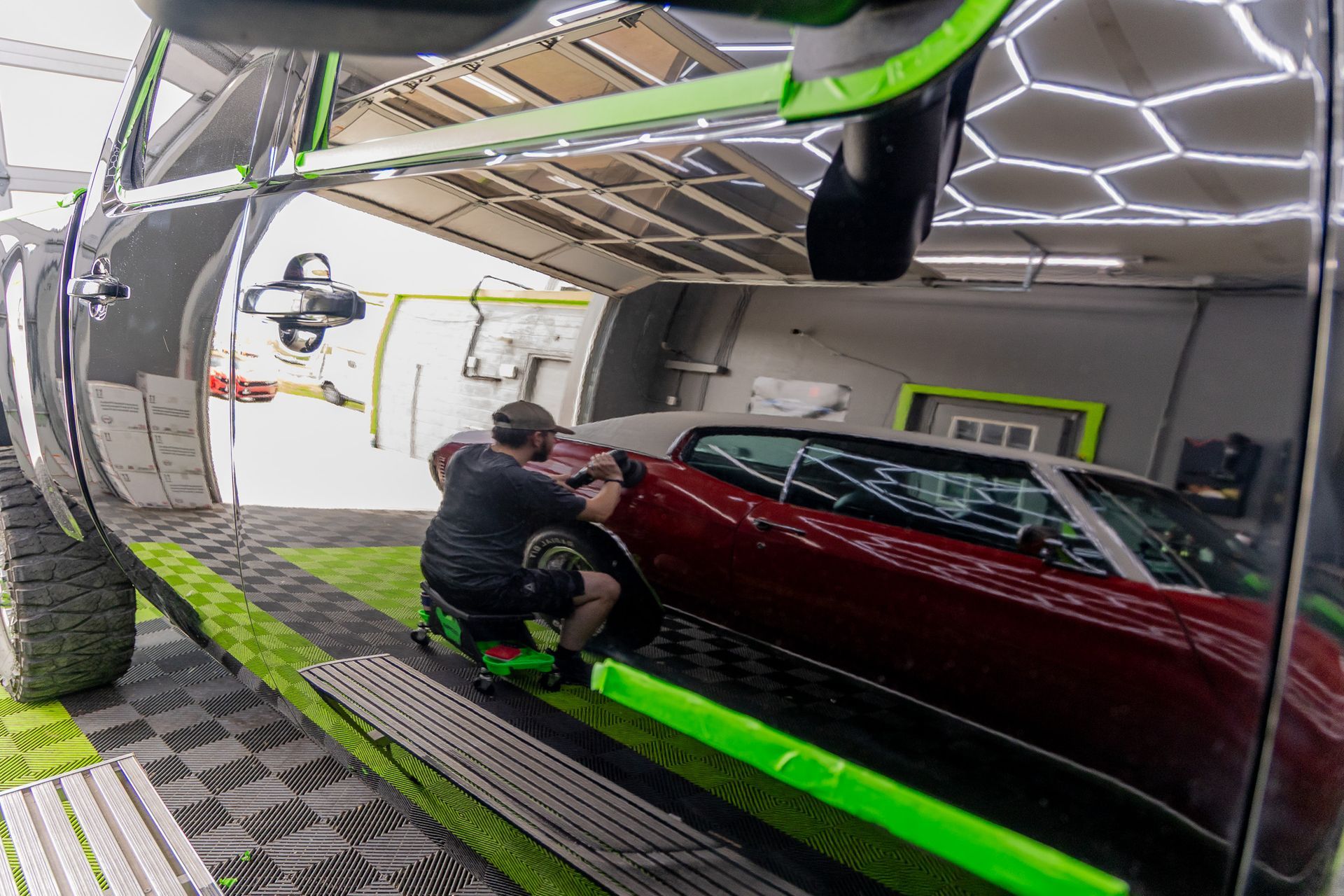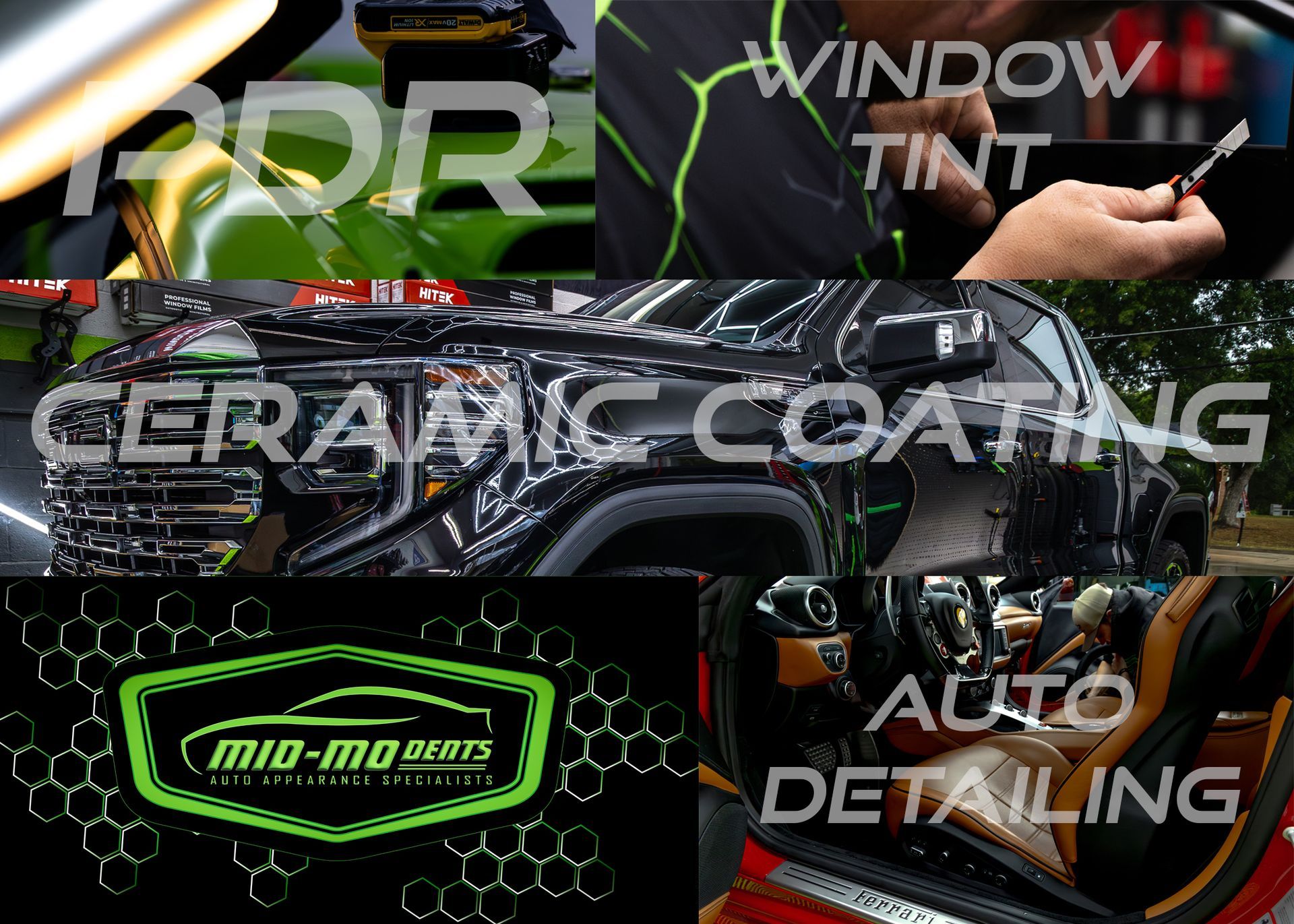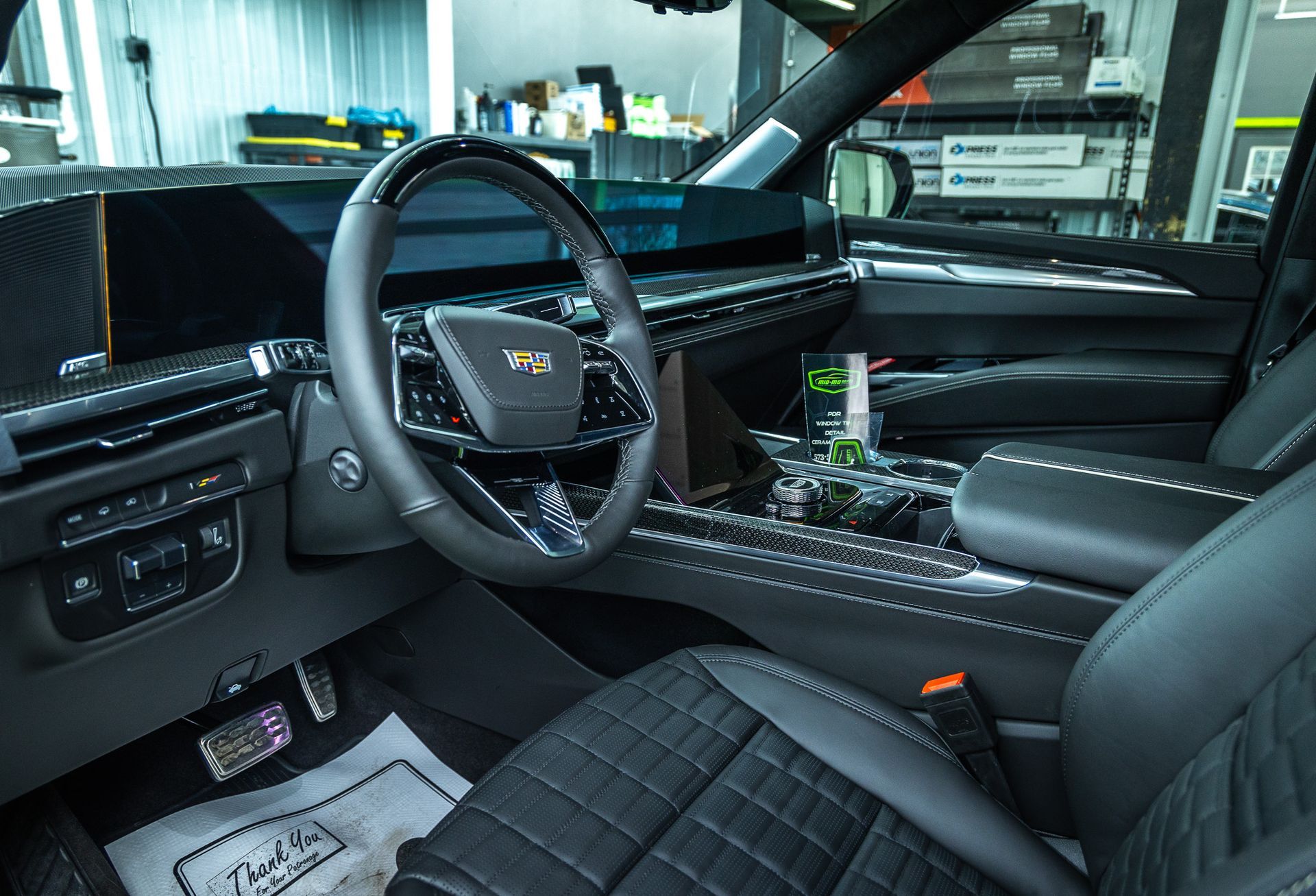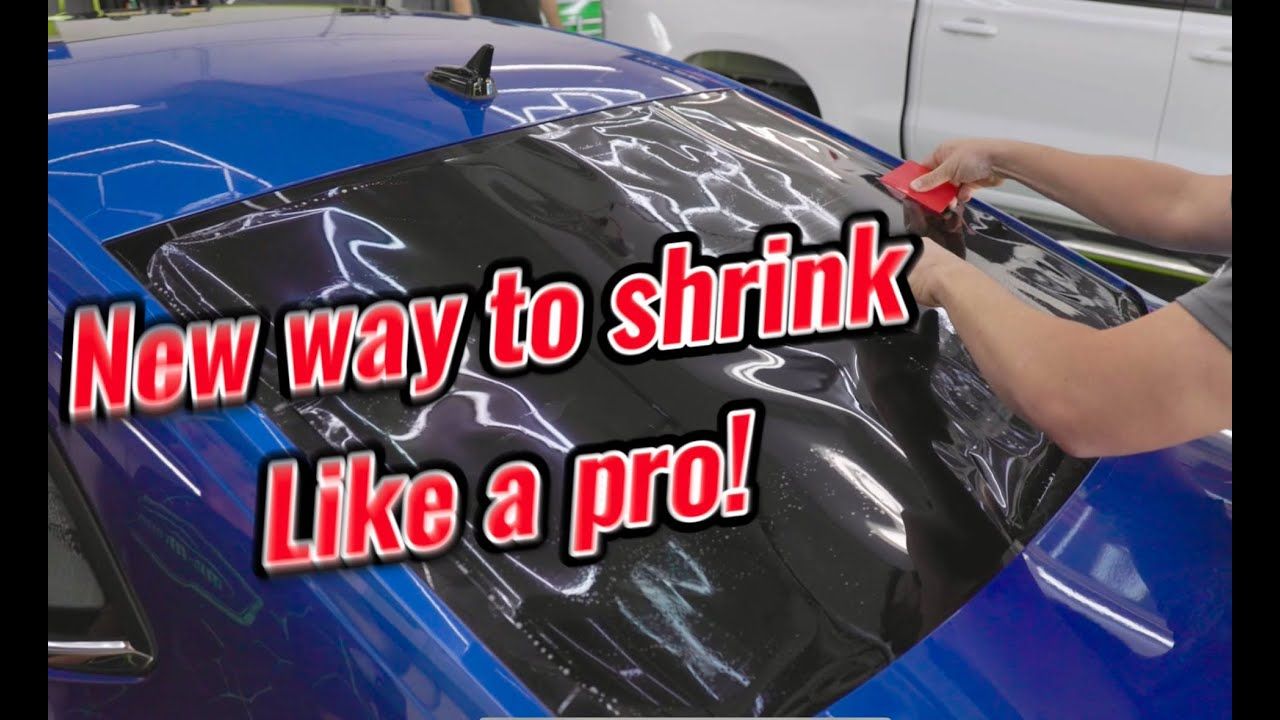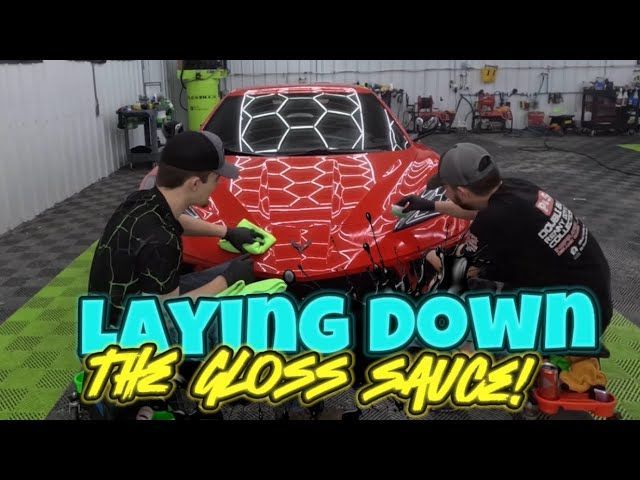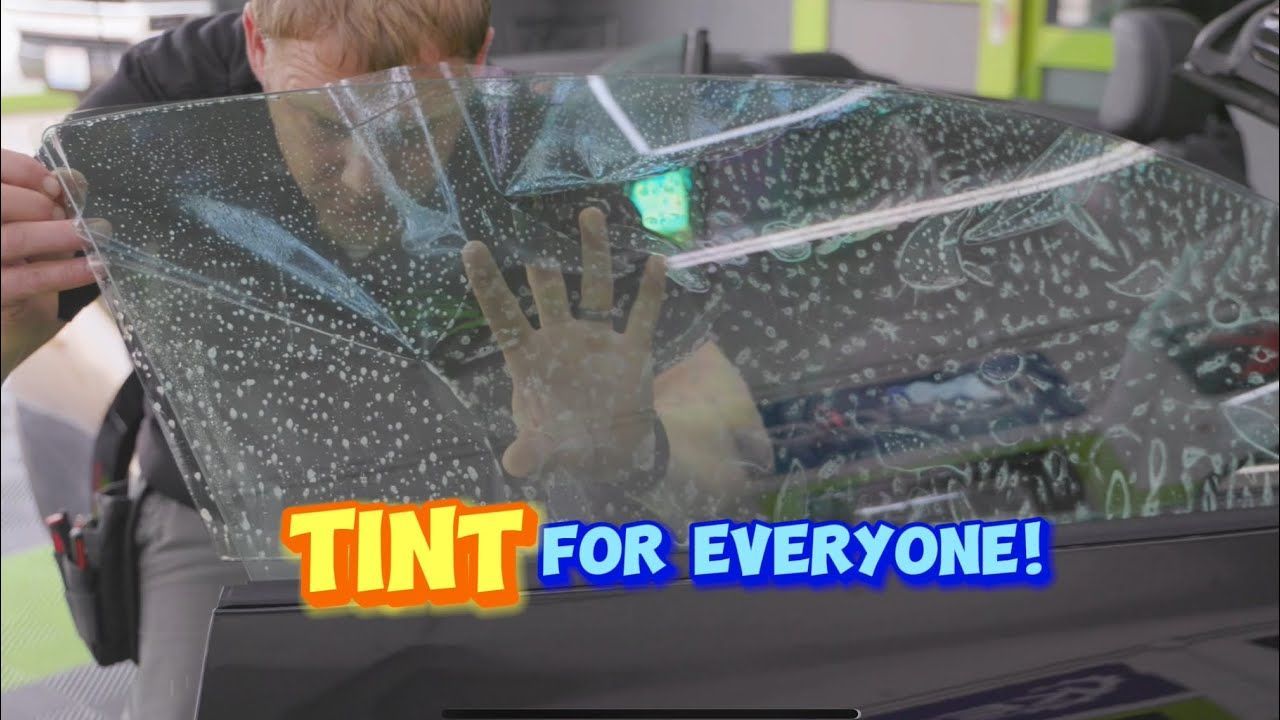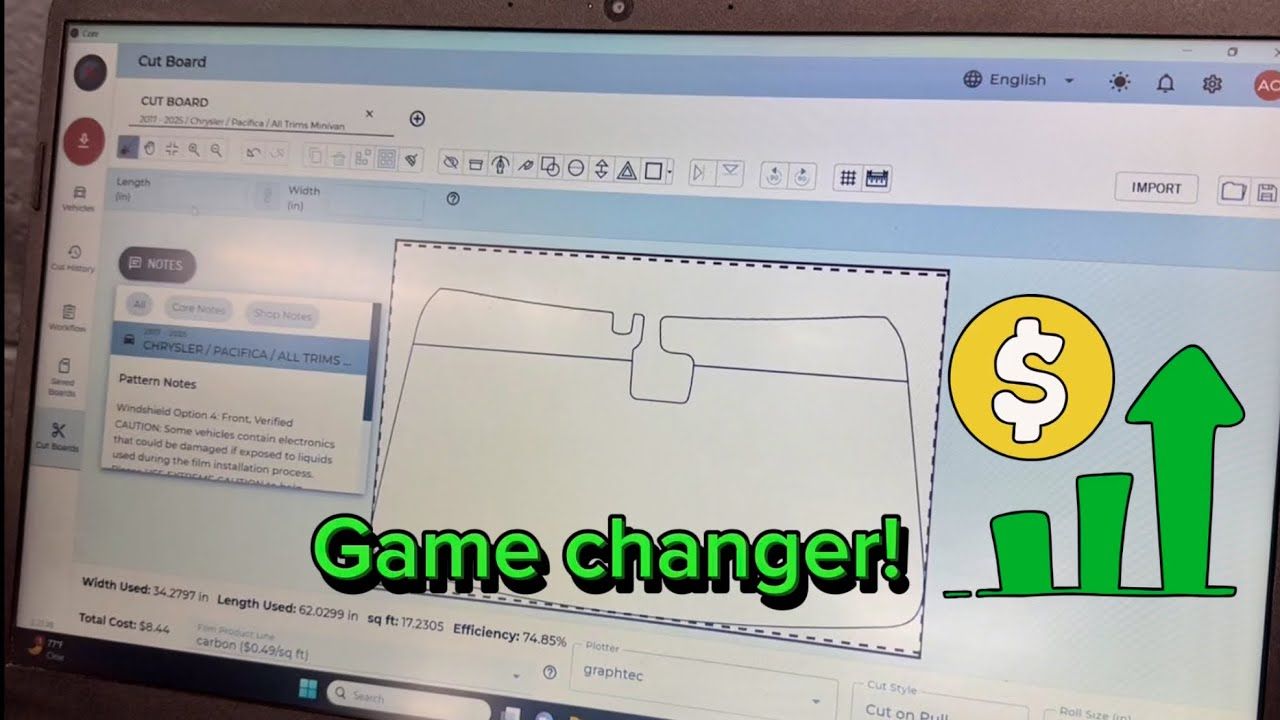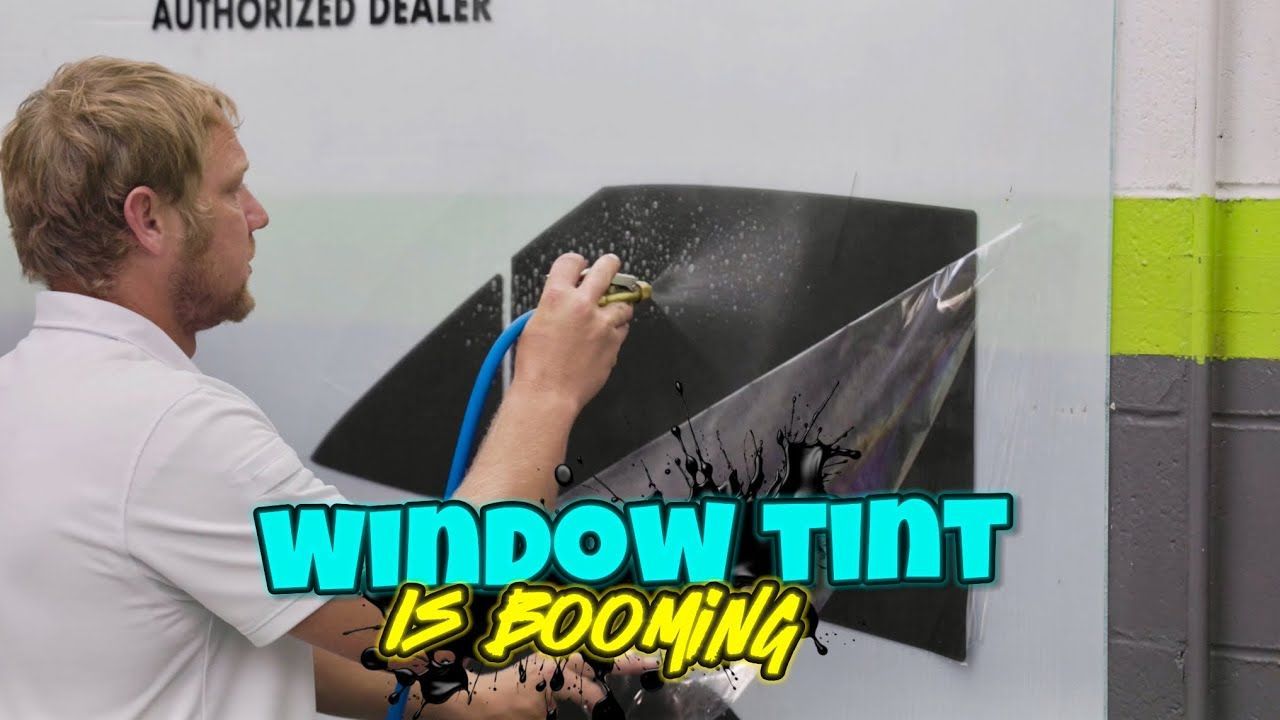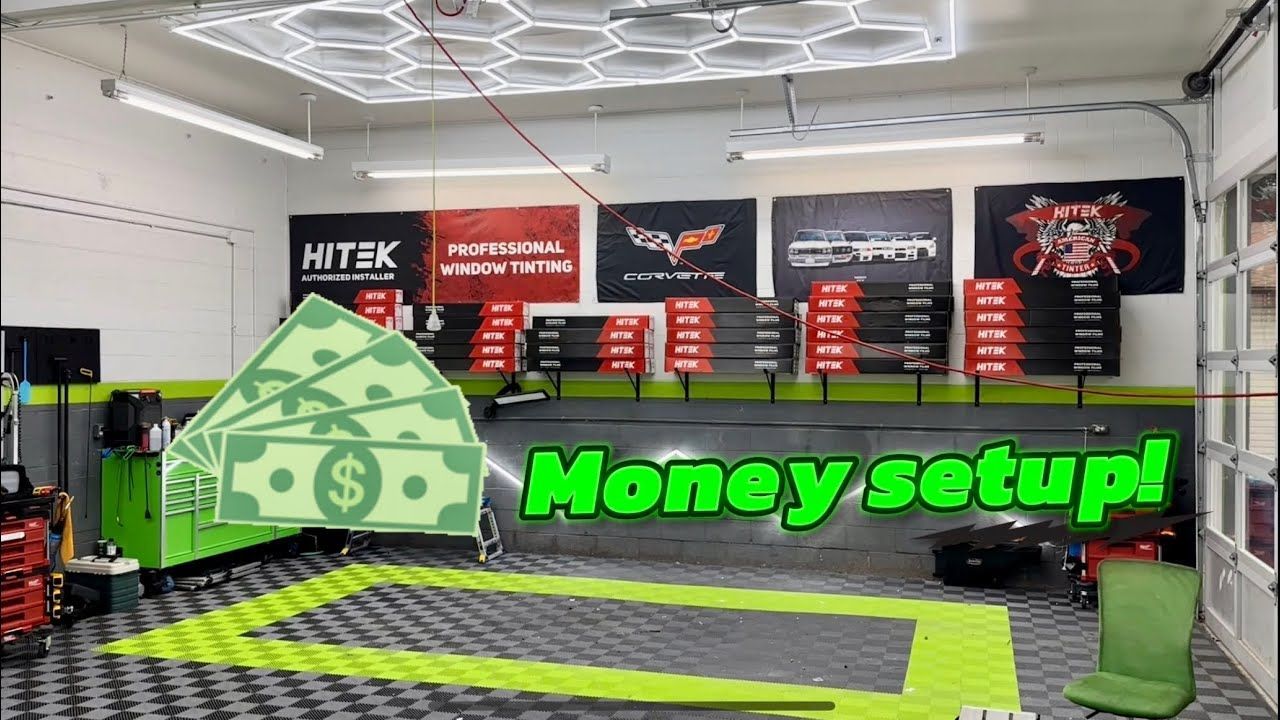How We Restored a Shelby GT500 Show Car Without Repainting
At Mid-MO Dents, we pride ourselves on taking care of all types of vehicles, from daily drivers to high-end show cars. Recently, we had the pleasure of working on a Shelby GT500 that belonged to a member of a car club we sponsor. The customer brought the car to us with a noticeable dent on the rail, unsure of how it had occurred, but needing it fixed without a repaint. Since this was a show car, preserving the factory finish was essential, and we knew paintless dent repair (PDR) would be the perfect solution.
Tackling A Dent on the Rail of a Shelby GT500
The dent was located on a tricky part of the car—the rail—where we didn’t have access to the backside for a traditional PDR approach. That meant we had to rely on glue pulling, a technique that allows us to remove dents from areas without direct access by pulling the metal out from the front.
The customer sent us a photo of the damage, and based on that, we gave him a soft estimate of around $250. Once we had the car in the shop, we realized the dent wasn’t as bad as we initially thought. In the end, we settled on a price of $225, which the customer paid out of pocket.
Glue Pulling: The Best Option for This Dent
Since the dent was in a location where we couldn’t use tools from behind the panel, glue pulling was our go-to method. Glue pulling involves attaching a special tab to the dented area and using it to pull the metal back into place. This technique requires multiple stages of pulling and tapping the dent down to gradually return the metal to its original shape.
As with any glue pulling job, there’s always a slight risk of pulling the paint along with the metal. That’s why we always ask customers about the condition of their paint and let them know about the potential risks upfront. In this case, the factory paint was in great shape, and the customer was more than willing to take the risk to avoid the need for repainting, especially since the car is part of his show circuit.
How We Tackled the Dent
This particular dent required about 10 different glue pulls over the course of 45 minutes. With each pull, we raised the dent slightly, and then used a knockdown tool to tap the raised metal back down to its proper level. Our knockdown tool has a rubber cap, which prevents damage or scuffing to the paint during the process.
We worked in stages, starting with the edges and working our way toward the center. The goal is always to flow the metal back into its original shape, and that requires careful attention to both high and low points of the dent.
The Importance of Lighting and Cross-Checking
A crucial part of PDR is the use of specialized lighting. During the repair, we used our lights to view the dent from multiple angles—front and back. Each light position reveals different imperfections, so cross-checking is key. This ensures that, no matter what angle the car is viewed from, the repair looks flawless.
Since this Shelby GT500 is regularly displayed at car shows, we knew the customer was looking for top-quality work. Using different lighting perspectives allowed us to make sure that the dent would be invisible under any lighting conditions or viewing angles.
The Final Result
After about 45 minutes of careful glue pulling and tapping, the dent was completely removed. The customer was thrilled with the results, and we were equally happy with how the repair turned out. For a show car like this, maintaining the original paint and body lines is critical, and the paintless dent repair method allowed us to achieve that without any invasive work.
The total cost of the repair was $225, and the customer was able to wait in our shop while we completed the job. No insurance claims were needed, and the entire process was hassle-free for both us and the customer.
Why PDR is the Best Choice for Show Cars
When it comes to high-end or show cars, paintless dent repair is often the best option for minor to moderate dents. It preserves the factory finish and eliminates the need for costly and time-consuming repainting. Whether it’s a daily driver or a car that’s regularly on display, PDR is a fast, affordable, and highly effective way to maintain the appearance of your vehicle.
